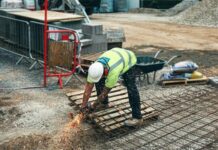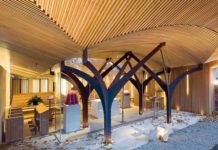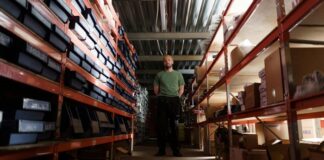Scientists have crowned the termite as the natural world’s greatest engineer, thanks to its supreme mound building abilities, as detailed in a new study.
Researchers have previously explored how termites build their mounds in a unique way involving ‘bio-cementation’, a process where grains of soil are fused together into small balls with moisture, saliva and excretion. The chemical process which follows glues the ball together, and these are used like bricks to construct mounds reaching heights of two metres or more.
Now, new research published in the Institution of Civil Engineers journal Environmental Geotechnics shows that this process makes the mounds as much as 10-times stronger than structures made of unmodified materials or control soil. It also significantly decreases the mound’s susceptibility to erosion.
The research also reveals a certain termite savvy; when offered a choice of materials with different sized grains to build with – from glass beads to pure clays –]laboratory termites opted for materials with a finer grain which can be packed together more tightly to create more robust balls. Furthermore, they were able to adjust the amount of moisture used to help cement the balls according to the material being offered to them.
The study – by the Indian Institute of Science in Bangalore – involved a series of experiments examining the physical, chemical, and mechanical properties of mound soil, compared to control soil, and comparing the erodibility and stability of the mound itself. Experiments to determine the termites’ capabilities were conducted under lab conditions.
Author Ramesh Kandasami said: “Engineers have long been studying the principle of bio-cementation and how it can be utilised in engineering to improve structures and environmental sustainability. Engineers, scientists and ecologists alike have also developed a fascination for the termites that use bio-cementation to construct their mounds; impressive structures with an intricate assemblage of tunnels, cavities and chambers which are engineering feats in themselves.
“However there has been little investigation on the actual effect of bio-cementation on a termite mound’s strength and stability.
“When exposed to various conditions from oven drying to compression testing, the mound soil exhibited strength of 1500kPa, compared the control soil strength of 150kPa – a remarkable 10 fold increase. The mound soil also showed enhanced resistance to erosion and weathering.
“When offered a diverse mix of materials to build their ‘bricks’ – each with differing grain sizes – they wisely chose finer grains with the best engineering properties. But they also showed an ability to adapt to a range of foreign materials, applying bio-cementation and smartly adjusting water content accordingly.
“This behaviour is quite extraordinary, adding to the fascination of these creatures, and deepening our understanding of the termite mound phenomena. This study will hopefully provide further insight into the effectiveness of the bio-cementation process for a range of engineering structures which benefit society.”



































